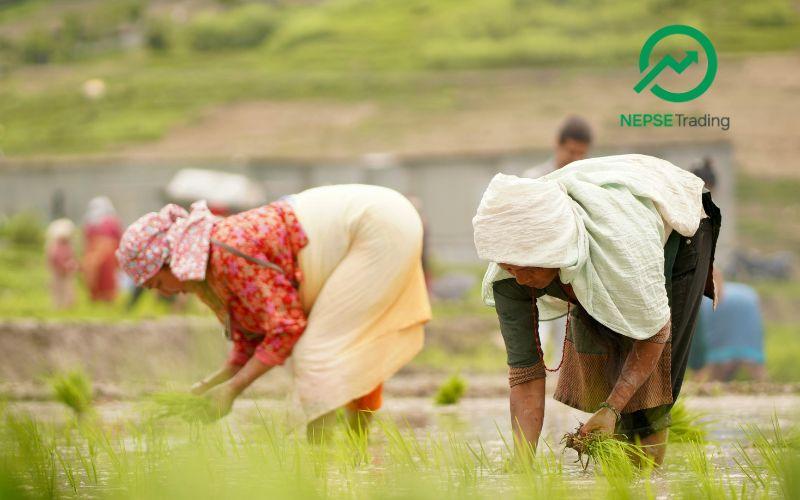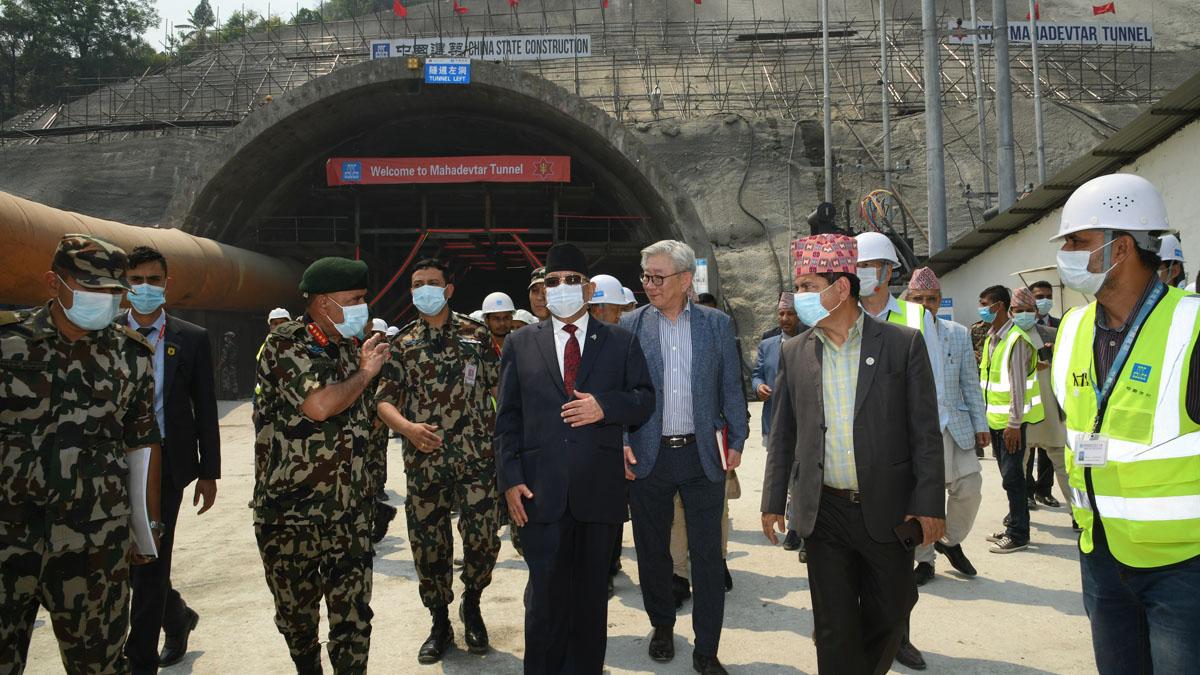By Dipesh Ghimire
World Bank Projects Nepal’s Growth at 4.7% Next Year, Driven by Reconstruction Activities

The World Bank has projected that Nepal’s economy will achieve 4.7 percent growth in the coming fiscal year, primarily supported by reconstruction and rehabilitation activities. The global lender’s latest report indicates that although Nepal experienced economic strain this year, the pace of rebuilding could push the economy toward moderate recovery.
According to the report, the service sector, which contributes the most to Nepal’s GDP, is expected to witness the largest negative impact during the review period. Tourism, retail, transportation, and hospitality sectors continue to suffer due to weak investor confidence, lower consumption, and slow economic activities. Despite these challenges, the World Bank believes that if Nepal ensures political stability and maintains sound economic management, the service sector could recover gradually and support overall economic growth.
The report warns that political uncertainty remains the biggest threat to Nepal’s economic progress. Continuous instability may discourage domestic and foreign investors, delay infrastructure development, and weaken the confidence needed to boost private-sector activities. However, if political transitions become successful and reforms are implemented effectively, Nepal could experience stronger investment flows and faster economic recovery.
Releasing the report, Finance Minister Rameshwar Khanal highlighted that the government has introduced an Integrated Business Revival Plan to restore business confidence and support economic revitalization. The plan includes provisions such as grants, tax exemptions, and operational support for struggling enterprises. The minister stated that public resources will be prioritized for infrastructure reconstruction and election-related preparations while also working to revive private-sector activities.
The World Bank’s Country Director for Nepal, Maldives, and Sri Lanka, David Sislen, stressed the importance of increasing public investment to stimulate growth, create jobs, and ensure long-term prosperity. He emphasized the need for stronger project planning, improved budgeting, efficient land acquisition procedures, simplified environmental clearance processes, and more effective fund utilization across government agencies.
The report underlines that Nepal’s capital expenditure remains significantly below required levels. In the previous fiscal year, the combined capital spending of the federal, provincial, and local governments was only 7.9 percent of GDP, far lower than what Nepal needs to bridge its infrastructure gap. To meet its development needs, Nepal requires capital investment equivalent to 10 to 15 percent of GDP, especially in areas such as transport, energy, housing, and disaster-resilient infrastructure.
In its broader interpretation, the report suggests that Nepal’s recovery is possible but fragile. The 4.7 percent growth forecast depends heavily on political stability, effective governance, and timely implementation of reconstruction works. The World Bank also highlights that investor confidence is still low and must be rebuilt through consistent policymaking and better execution of development projects.
Furthermore, the analysis indicates that Nepal’s biggest constraint is not a lack of funds but inefficiency in spending. Capital budget absorption has remained weak for years, slowing down economic growth and delaying essential infrastructure projects. This inefficiency highlights the need for reforms in procurement systems, project management, and administrative capacity.
Overall, the World Bank’s findings present both an opportunity and a warning. Nepal has a clear path to recovery if it strengthens public investment management, ensures political stability, and restores private-sector confidence. If these reforms are implemented effectively, Nepal may not only meet but surpass the projected growth rate in the coming years.









